1998 Penny Value: How Much Is It Worth Today?
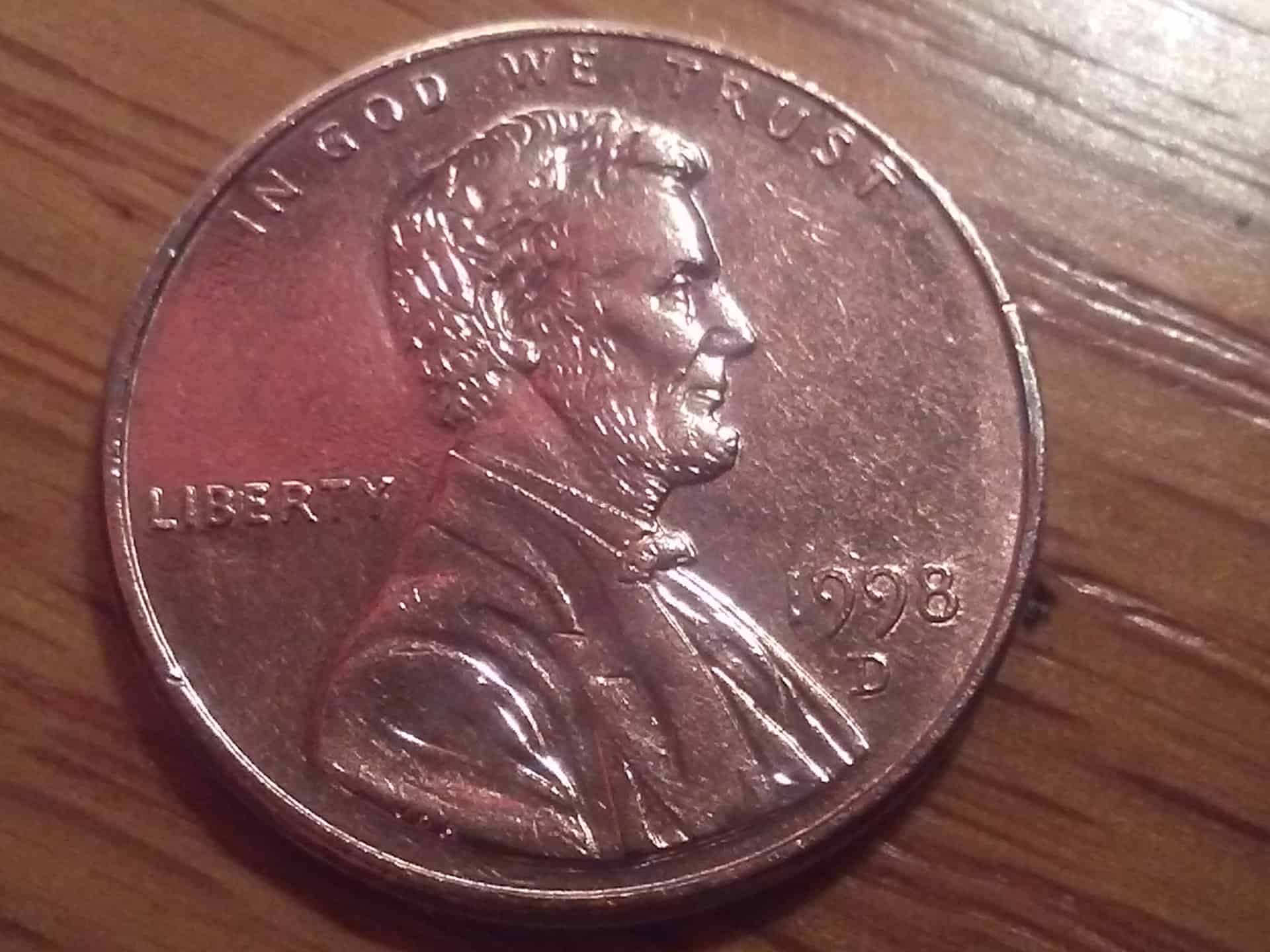
Pennies are one of the most abundant and beloved of America’s coins, and finding an example from each year isn’t too difficult. While some years are more rare than others, the 1998 penny is fairly common and must be of a higher grade before it becomes collectible.
The average value of a 1998 penny is $0.01, but pennies that appear untouched may sell for $0.10 to $0.30. Proof 1998 pennies sell for about $3 to $5, and the best examples of all sell for hundreds at auction.
The value of a 1998 penny depends on where it was made as well as the condition of the coin. This guide will help you evaluate your penny’s mintage and condition, while pointing out rare errors that boost the coin’s value.
1998 Penny Value Chart |
|||||
| Mint Mark | Good | Fine | Extremely Fine | Uncirculated | Proof |
| 1998 No Mint Mark Penny Value | $0.01 | $0.01 | $0.10 | $0.30 | / |
| 1998 D Penny Value | $0.01 | $0.01 | $0.10 | $0.30 | / |
| 1998 S Proof Penny Value | / | / | / | / | $3.00 to $5.00 |
1998 No Mint Mark Penny Value
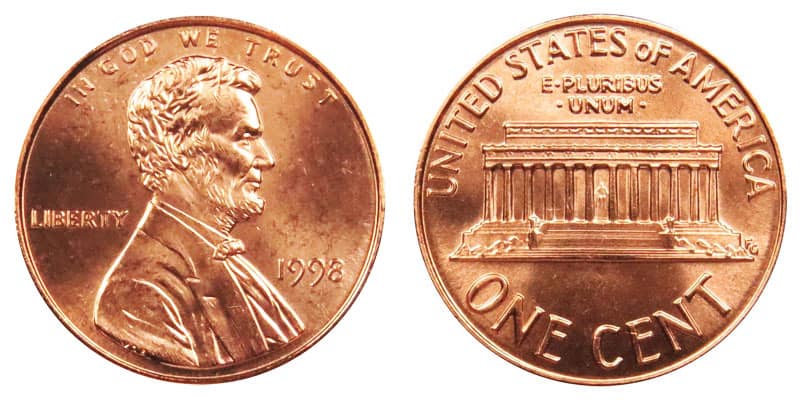
The 1998 penny without a mint mark comes from the Philadelphia mint. A total of 5,032,155,000 pennies were made, ensuring there were more than enough to keep the coins circulating properly.
Most 1998 no mint mark pennies are only worth their face value. Some “Extremely Fine” examples may attract new coin collectors, but there are enough “Uncirculated” coins available at about $0.30 to keep prices low.
The current auction record for the 1998 no mint mark penny is a PCGS-graded MS69RD that sold for $5,800 in 2020. More recent auctions of similarly-graded coins have seen sales range from $150 to nearly $600.
1998 Penny Features
The 1998 penny is part of the Lincoln Memorial series that came to an end 10 years later. About 50 years of production makes this the most recognizable cent design today, despite modern changes. In fact, Victor David Brenner’s Lincoln profile on the front has remained for over a century of production.
The obverse of the 1998 penny features 16th President Abraham Lincoln facing the right field of the penny. The year 1998 is marked near his chest, while LIBERTY sits behind his back. A final inscription reads IN GOD WE TRUST at the top rim.
The reverse design by Frank Gasparro went on the penny in 1958. The Lincoln Memorial is depicted in great detail, and you can even see the statue of Lincoln inside with well-preserved coins.
The reverse inscriptions include UNITED STATES OF AMERICA on the top rim, E PLURIBUS UNUM between the memorial and the top, and ONE CENT at the very bottom.
The total mintage of 1998 pennies was 10,259,595,007. Each coin meets certain specifications, including a 99.2/0.8 percent zinc/copper composition, 2.5 gram weight, 19.05 mm diameter, and 1.52 mm plain edge.
1998 D Penny Value
Denver produced a greater number of business strike 1998 pennies, releasing 5,225,353,500 that year alone. The similar quantity of coins means that these are worth a similar amount to those without a mint mark.
Most 1998 D pennies remain at face value, but higher graded coins may sell for $0.10 to $0.30 at market. More attractive red-colored pennies of the highest grades wait until they appear at market to sell for much more.
The auction record for the 1998 D penny is actually an error coin. This PCGS MS66 penny was struck on a copper-nickel clad dime planchet. It sold for $529 in 2011.
Color Designations in Penny Grading
Often, you see color designations on pennies. These describe the color of the copper on the coin, which often degrades over time.
Freshly-minted coins usually have a bright red color, but this often fades to a deeper, brown color most common on circulated coins.
The color designation applies to uncirculated coins. Even those stashed away may change color over time depending on how they’re stored. Coin grading professionals indicate the color of the coin to help collectors identify the more desirable red tone indicative of the coin’s original appearance.
Usually, coins marked with a “RD” designation are worth more. These coins have a bright, reddish-orange color and retain about 90 percent of the original color.
You may also see “RB” or “BR” designated pennies. A “Red Brown” penny has started the oxidation process, but it still contains about 10 to 90 percent of its original color. A coin reaches the “Brown” designation when the majority of its surface is a chocolatey color.
1998 S Proof Penny Value
In 1998 the San Francisco mint produced the 2,086,507 proof pennies for collectors this year. These coins are marked with an S underneath the date, and they have a more impressive appearance overall.
Proof coins are struck twice with high tonnage presses. They also utilize special dies and polished blanks that ensure each coin displays complete details.
Most proof coins are snatched up by collectors, meaning they have a higher existing population of well-preserved coins. The low initial population translates to a higher minimum price, but the fact that nearly all are Mint State coins lowers the price ceiling.
Coin dealers are likely to have 1998 S proof pennies available for $3 to $5. The auction record belongs to a PCGS PR70RD DCAM. This coin is one of 20 of this grade and features a bright coppery color with cameo contrast. It sold for $1,265 in 2005.
Proof Penny Cameo Designations
Proof coins are struck with specially prepared dies. Part of this process involves polishing and cleaning the proof dies, and the coins struck immediately after the polishing and cleaning are likely to have better contrast between their fields and details.
A professional grading service may acknowledge these coins with a special Cameo designation, such as CAM, DCAM (PCGS), or UCAM (NGC). The greater the contrast, the higher the value of the coin.
PCGS states that 1998 pennies with the CAM designation show light to moderate frosting of their devices, while DCAM designation is reserved for deep, even frosting. The high level of contrast must be the same on both sides of the coin to receive the designation.
1998 Penny Grading
While professional grading services are a must if you’re taking your coin to auction or dealing with a particularly valuable specimen, developing your eye at home is a great skill to have.
This is easiest to do when you have a high-grade coin on hand to compare your 1998 penny to, but online pictures and videos do a decent job of showing you what to look for.
Even without a magnifying glass or special light, you can check a coin over for signs of wear. For the 1998 penny, focus on higher relief areas, like Lincoln’s jaw or cheek. Reverse details wear down quickly around the columns.
The more untouched a coin appears, the more you may need special tools like an 8x magnifying glass to properly evaluate the coin. Coins of Mint State or coins with rare mint errors should receive professional grading before they appear at auction or market.
Rare 1998 Penny Errors
Rare errors on 1998 pennies often increase the value of the coin. As long as these are verified mint errors that occurred during production, collectors may be tempted to pay extra for the coin.
While they’re still rare overall, the most common mint errors seen on the 1998 penny include:
- Wide AM
- Doubled die
- Off center strikes
- BIE die crack
While grade matters more to coin value than rare errors, having both is a recipe for a truly valuable coin.
1998 Wide AM Penny
The Wide AM error occurs in different penny years, including 1998. This error features the letters “A” and “M” in AMERICA spaced further apart than normal, and it only occurs in business-strike coins from Philadelphia and Denver.
The Wide AM die was an intentional creation, but it was originally intended for proof pennies. The error occurred when the die was instead used for certain business-strike coins, resulting in a design that differs from the original.
Another sign you have a wide AM penny may be found on the reverse in Frank Gasparro’s initials. While these are normally close together, the Wide AM pennies feature the letters more spaced out and with a horizontal serif on the “G”.
Wide AM pennies are worth about $10 when circulated and about $15 to $25 the closer to Mint State they get. The acknowledged auction record is a PCGS-graded MS67RD 1998 P Wide AM penny that sold for $940 in 2014.
1998 S Proof Close AM Penny
An alternative to the Wide AM error on business strike 1998 pennies is a Close AM error on proof pennies from this year. The Wide AM die was intended for proof pennies, and any deviation from this is a mint error.
PCGS acknowledges a number of 1998 S Close AM proof pennies, with most selling for $100 to $350. The highest auction sale for this error is a PCGS PR70 1998 S Close AM penny that sold for $4,500 on eBay in 2015.
1998 Doubled Die Penny
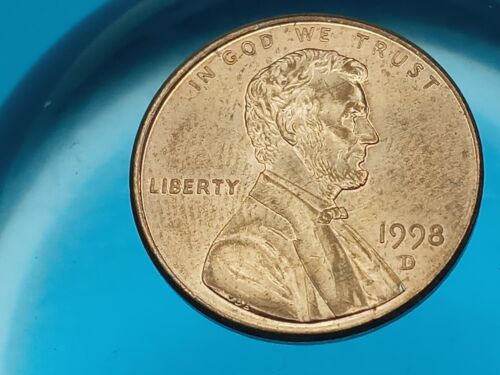
A 1998 penny marked with a doubled die has a faint outline of its details. Unlike coins that are double struck, doubled die coins are marked with a die that features doubled impression details.
This is more easily noticed if you pay attention to the letter or number inscriptions on the coin. Some 1998 pennies may even have tripled or quadrupled dies.
Usually, the doubled die error sells for about $20 to $50 on a 1998 penny. The amount relates to how obvious the doubling is as well as the overall condition of the coin.
1998 Off Center Penny
A coin struck off center in any degree is rare, but they won’t garner a premium until they reach at least 5 percent and are blatantly obvious. These coins lack some of their details and feature a crescent-shaped blank space.
A 1998 penny struck 5 to 10 percent off center sells for about $7 to $15, The sale price increased depending on the condition of the coin and how off center the coin was struck.
As long as you have the mint mark and the year, a 1998 penny struck 50 percent off center or more may sell for $50 to $100 or more depending on the market conditions.
1998 BIE Penny
Penny dies were prone to cracking between the “B” and “E” in LIBERTY, and the cracks seemed almost intentional. This particular error is referred to as a “BIE” error because the coins look like they read LIBIERTY.
BIE error pennies aren’t the most rare error to occur, but they sell for about $10 to $15.
Similar Die Break Errors
It’s possible that your coin may feature an “I” in another place, usually along the LIBERTY inscription. These errors are noted in a similar fashion, and they’re usually clumped together in a single year.
Apart from the BIE error, we also know of an IIB error common in 1998 no mint mark pennies.
1998 Penny FAQs
How Many 1998 Wide AM Pennies Are There?
There are at least 100 thousand known cases of a 1998 Wide AM penny known today. This is due to multiple wide AM dies striking thousands of coins each.
What Makes a 1998 Penny Valuable?
While most 1998 pennies are only worth face value, high-graded coins at a Mint State are valuable to collectors. Errors that occur during production, particularly a Wide or Close AM error, also make the 1998 penny valuable.
How Much Is a 1998 Penny With a D Mint Mark?
A 1998 penny with a D mint mark is worth its face value when circulated, but uncirculated coins may sell for $0.10 to $0.30 or more.
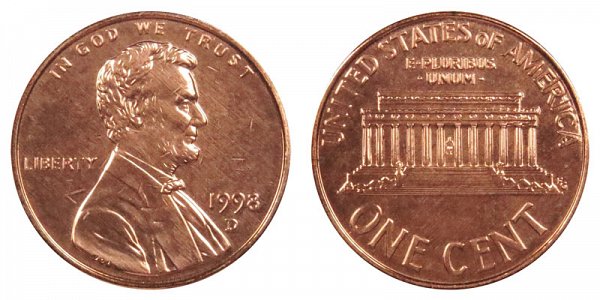


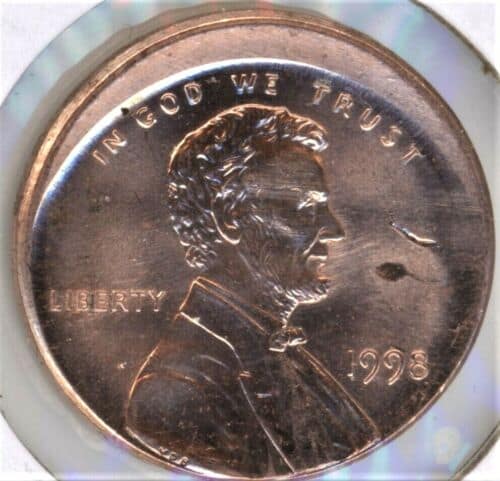
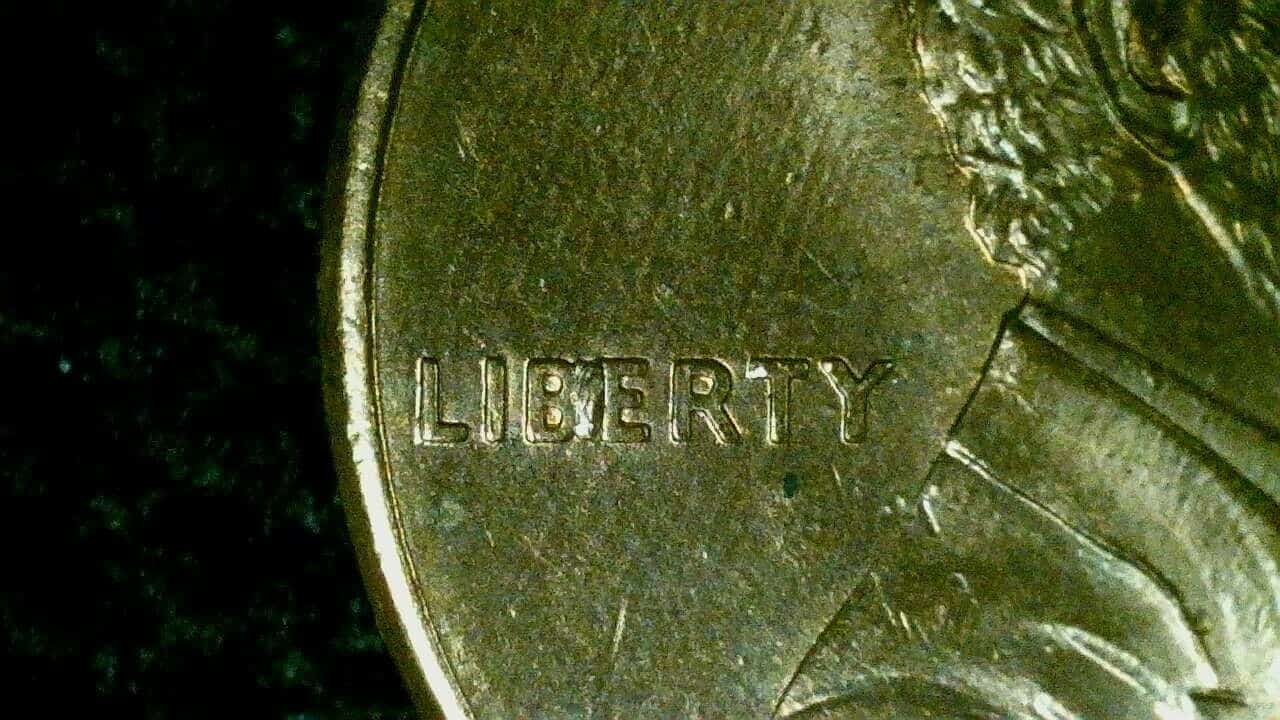
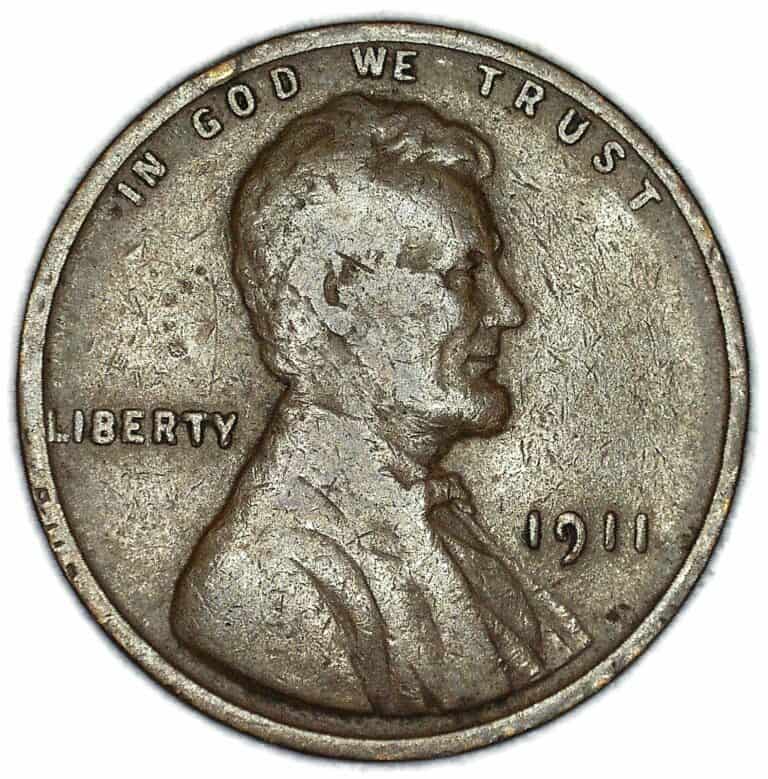
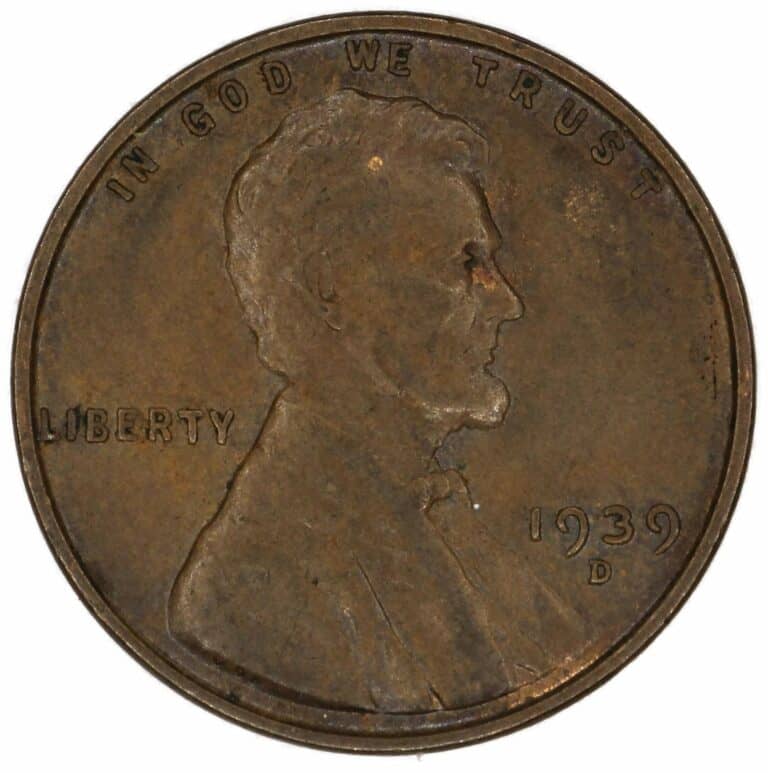
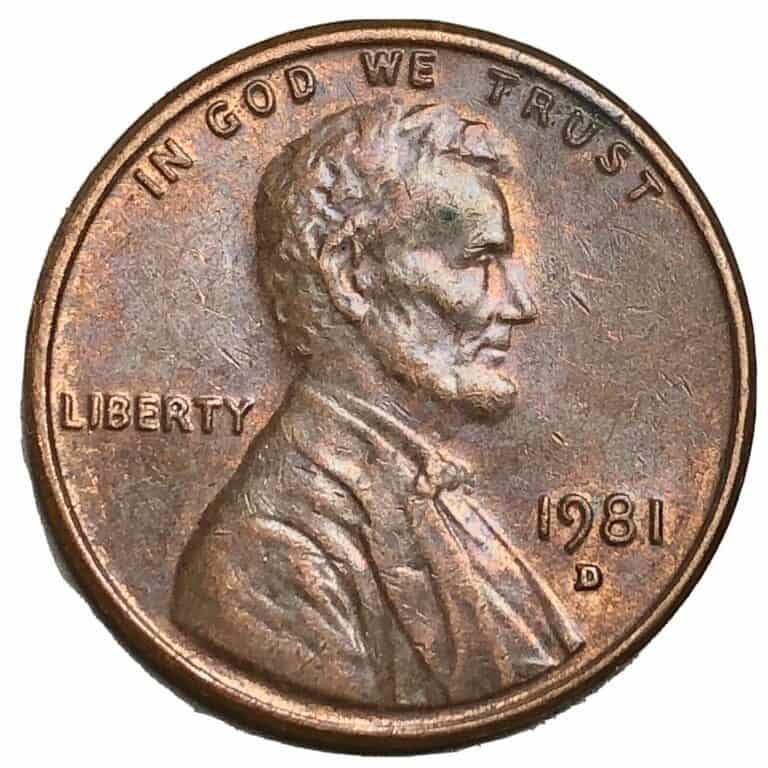
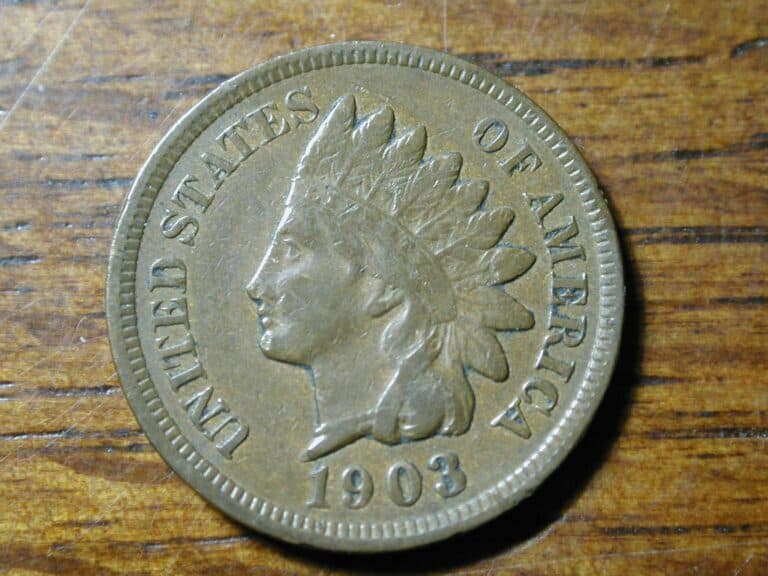
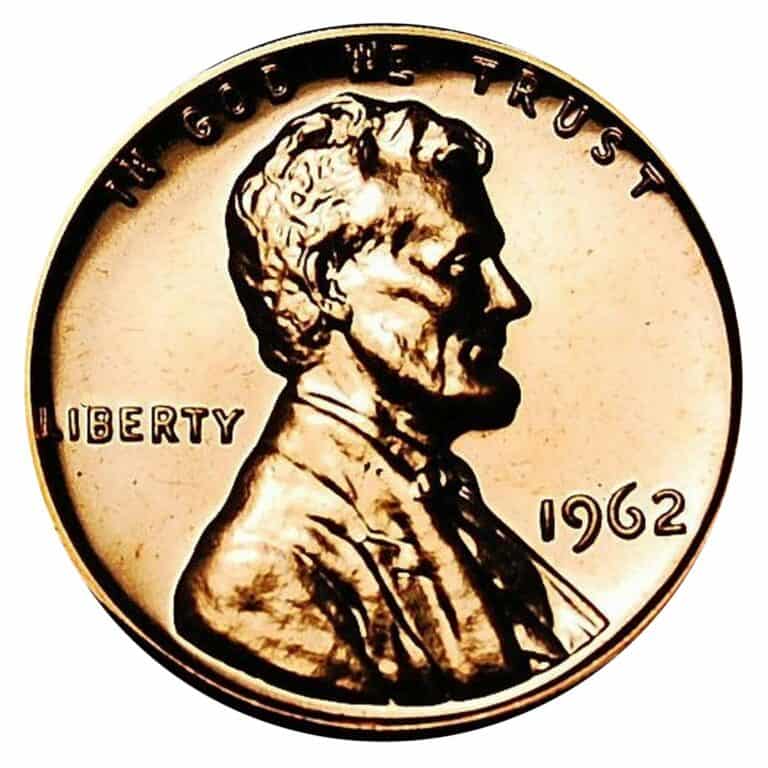
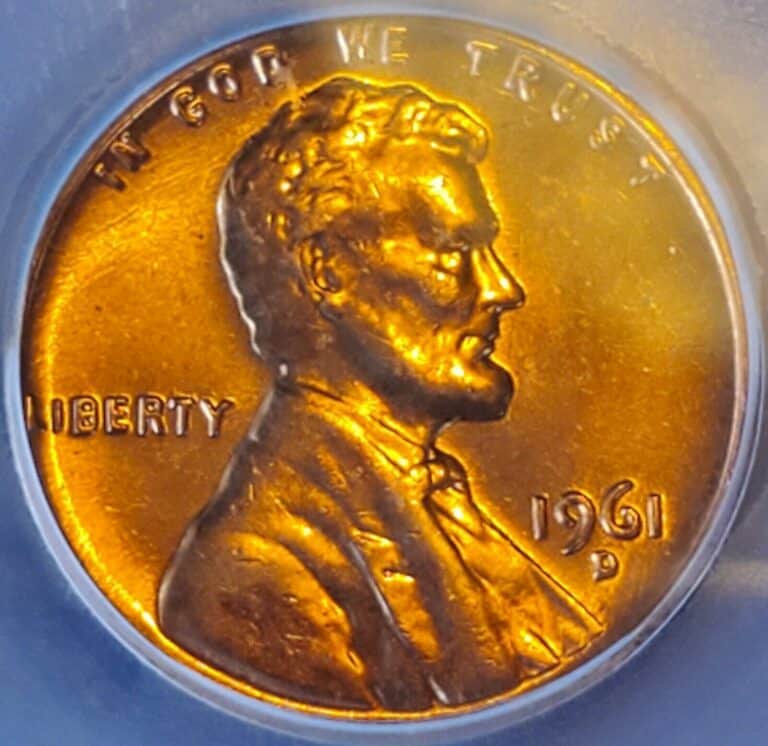
Give me the newest to oldest Penny’s, worth money, give me the goods! I have a lot of wheat Penny’s so give me the goods, I know that some of these coins I’ve been hanging on to are worth money so help me out, mr Casper Corleone MOBB LIFE OUTLAWZ AZ RIDAH